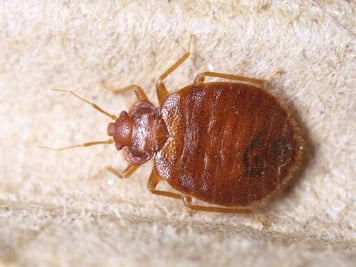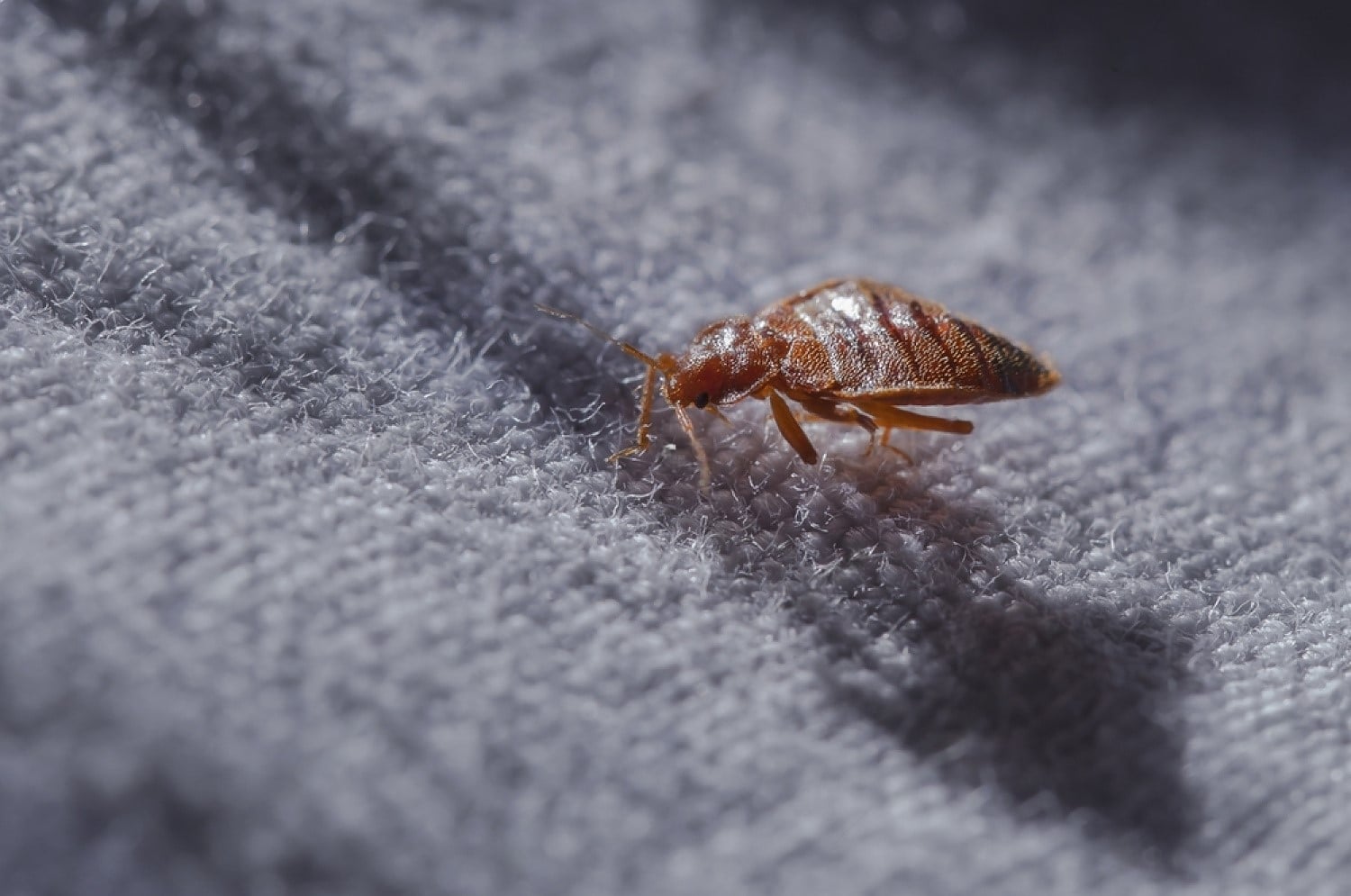A1 Bed Bug Removal Houston: Relied On Extermination Solutions
Wiki Article
Recognizing the Lifecycle of Insects for Targeted Control Techniques
Understanding the lifecycle of bugs is a fundamental element of reliable insect monitoring strategies. With a much deeper understanding of how insects advance and flourish, tailored control methods can be designed to deal with certain factors in their lifecycle, ultimately leading to more effective parasite management results.Value of Understanding Insect Lifecycle
Recognizing the lifecycle of parasites is crucial for developing reliable and targeted control strategies in pest monitoring. By understanding the numerous phases a bug goes with from egg to adult, insect control professionals can identify vulnerable factors in the lifecycle where treatment can be most effective.Furthermore, recognizing the specific ecological problems needed for every stage of the pest's lifecycle can lead choices on habitat modification or exemption approaches to reduce and interfere with the lifecycle bug populations. This knowledge makes it possible for pest administration experts to implement aggressive actions as opposed to relying only on responsive treatments, bring about more long-lasting and lasting bug control services. Inevitably, a detailed understanding of insect lifecycles empowers bug control specialists to customize their methods effectively, making the most of and decreasing environmental influences control results.
Trick Stages in Parasite Development
To properly execute targeted control approaches in insect monitoring, an essential facet hinges on thoroughly recognizing and understanding the crucial stages in insect growth. Pest advancement commonly includes a number of vital stages that are important for their lifecycle and monitoring. The first stage is the egg phase, where parasites lay eggs that later hatch into larvae. Larvae after that proceed into pupae, a stage where they go through transformation prior to arising as adult insects. Comprehending these phases is essential as it helps in identifying weak spots in the lifecycle where control measures can be most effective.

Vulnerabilities in Pest Lifecycle
Throughout the various stages of a pest's lifecycle, distinct susceptabilities arise that can be purposefully targeted for reliable control procedures. One important susceptability hinges on the egg stage, where insects are frequently much more vulnerable to certain pesticides or organic control agents because of their soft outer covering, making them less complicated targets for intervention. Additionally, the larval or nymph phase offers susceptabilities as bugs go through rapid development and growth, needing high energy intake that can be manipulated by disrupting their food sources or presenting development inhibitors. Pupal phases, defined by immobility and transformation, supply a window for targeted control through physical obstacles or particular treatments that prevent successful emergence. Grown-up bugs, while more resistant due to their reproductive capacity, can still be at risk during breeding or egg-laying activities, which can be interfered with through scent traps or sanitation techniques. Recognizing these vulnerabilities in the bug lifecycle is important for creating efficient and exact control techniques that properly manage bug populations while reducing ecological impact.Executing Targeted Control Procedures

Executing targeted control actions generally includes a multi-faceted strategy. This may consist of environment modification to make the atmosphere much less hospitable to insects, such as getting rid of standing water for mosquito control or sealing entrance factors for rats. Additionally, biological control methods can be made use of, where natural killers or virus are introduced to keep insect populaces in check.
Chemical control, such as the cautious application of chemicals, is another common technique. It is essential to use these substances sensibly to lessen ecological influence and possible injury to non-target varieties - A1 Bed Bug treatment houston. Integrated Bug Monitoring (IPM) approaches that incorporate numerous control actions in a worked with and lasting fashion are usually one of the most reliable in attaining lasting parasite monitoring objectives. By carrying out targeted control procedures based upon a complete understanding of bug lifecycles, bug populations can be efficiently controlled while minimizing threats to human wellness and the setting.
Boosted Bug Management Practices

Furthermore, the unification of biological control representatives, such as natural killers or microorganisms of parasites, can help in reducing dependence on chemical pesticides and promote a much more balanced environment. Implementing physical obstacles and traps can likewise be part of improved pest administration techniques, providing safe and targeted services for parasite control. Additionally, the usage of pheromones and various other semiochemicals can interfere with pest mating patterns and interaction, leading to minimized pest populations with time.
Conclusion
To conclude, understanding the lifecycle of insects is critical for effective bug monitoring techniques. By determining vital stages in insect growth and vulnerabilities in their lifecycle, targeted control steps can be carried out to minimize insect populations. Boosted parasite management methods can help in reducing the reliance on broad-spectrum pesticides and promote even more environmentally friendly and sustainable bug control approaches. This expertise plays A1 bed bug extermination houston a vital role in preserving healthy and balanced ecological communities and farming performance.Comprehending the lifecycle of insects is vital for establishing efficient and targeted control techniques in insect management. By comprehending the numerous phases a bug goes with from egg to adult, insect control professionals can identify at risk factors in the lifecycle where treatment can be most successful. Ultimately, a thorough understanding of pest lifecycles encourages bug control specialists to tailor their strategies effectively, making the most of and reducing environmental impacts control outcomes.
By applying targeted control procedures based on a complete understanding of insect lifecycles, pest populaces can be efficiently controlled while decreasing dangers to human health and the setting.
By determining key phases in pest growth and vulnerabilities in their lifecycle, targeted control measures can be carried out to reduce parasite populations.
Report this wiki page